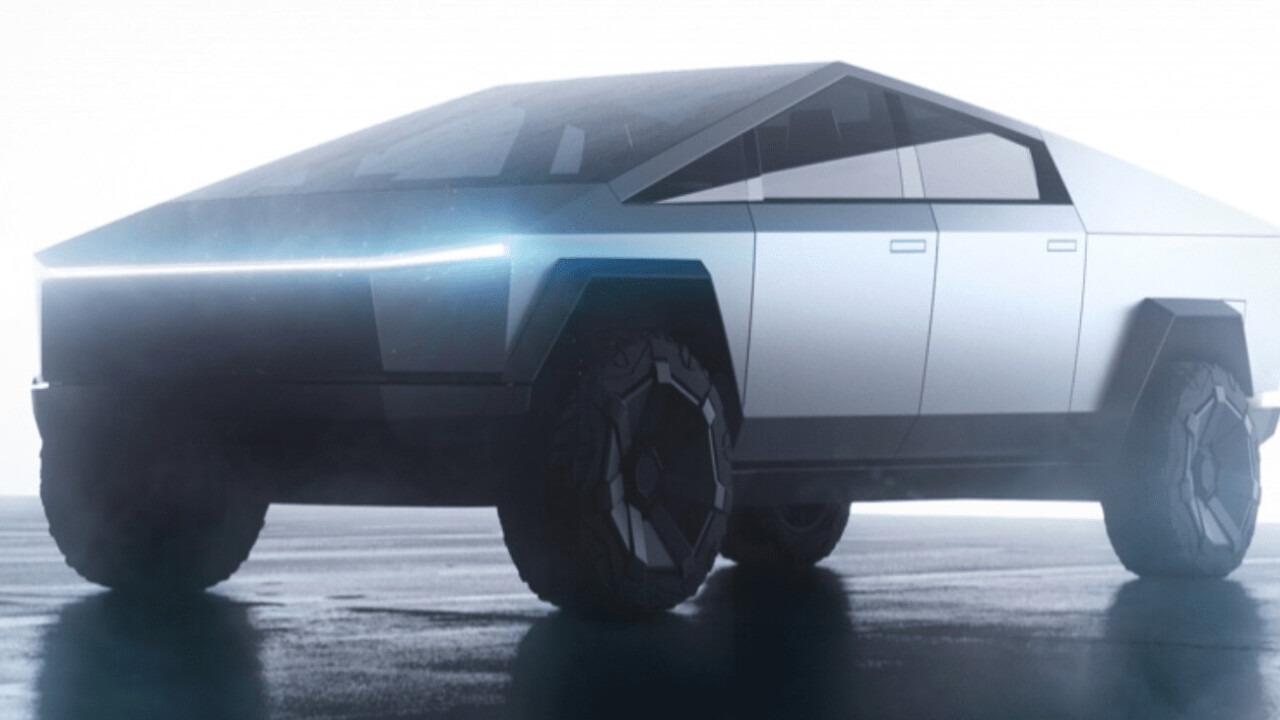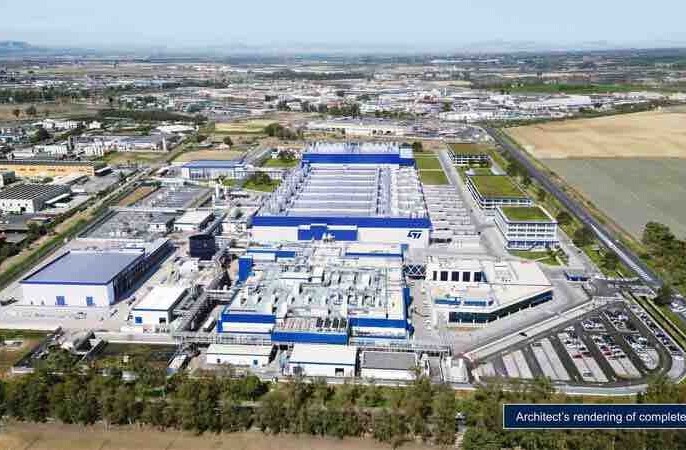
Elon Musk warned us. Prior to launch, he’d repeatedly described the Cybertruck as something out of Blade Runner. In 2018, he literally claimed he didn’t care if people liked it, hinting at its divisive design.
I should’ve paid attention. For all of Musk’s quirks, I didn’t expect him to roll out a low-poly PS1-looking batmobile last night. How is Tesla actually going to sell this to normal people?
Well, probably the same way Apple managed to make AirPods a thing.

Admittedly, part of me digs the look in a that-would-be-cool-in-a-movie type of way, but appreciating an aesthetic in a certain context is very different from thinking “people will actually buy this.” Tesla always needed to build a truck to really capture the heart of Americans – the three best-selling vehicles in the US are all pickup trucks. But I don’t think Tesla is going to get anyone to sell their F150 on the Cybertruck’s looks.
Early data already hints the Cybertruck isn’t looking good to traditional truck owners. Part Catalog put together a map on how different states reacted to the Cybertruck, based on over 100,000 Twitter reactions:

The overall vote split was actually fairly even – 48 percent ‘loved it’ and 52 percent ‘hated it’ – but there are clear regional differences. For comparison, here’s a USAToday map of the most popular vehicle by state in 2016:

Notice a trend?
But here’s the thing: I suspect much of the disdain levied at the Cybertruck is less “that’s bad” than “that’s weird.” The more I see the Cybertruck, the more I like it. The more I think about how the design follows informs utility, the more I’m convinced it’ll sell like hotcakes.
I’m a truck owner myself, but I’m not going to pretend to be an expert. However, I have been writing about tech long enough to know it doesn’t matter how weird a product looks as long as it satisfies two conditions:
One, it does something new and useful. And two, it does so without greatly inconveniencing the user.
If it can do those two things, then what’s weird rapidly becomes normal. It’s not hard to find examples either.
The original Galaxy Note was ridiculed for its size, but it set off the trend of big-screen phones that are now considered standard. The Note’s 5.3-inch screen is now positively compared to modern devices.
The Surface Pro was never going to be a laptop replacement, yet it spawned a whole new category of competitors and imitators.

And then there’s Apple. I could point to a number of designs, but let’s talk about the AirPods. To date, some people still hate how they look. And yet AirPods both catalyzed the true-wireless trend and remain the most popular product in the category by far. In the span of three years, AirPods have gone from goofy gadget to borderline fashion statement.
Apple’s popularity certainly helped the AirPods – as Tesla’s will help out the Cybertruck – but the driving factor in the AirPods’ success is that they did what they did better than anyone else. Meanwhile, some newer true headphones are still struggling to achieve the same stable wireless connection, accessible fit, and good call quality that Apple got it right back in 2016.
For these and other watershed devices, their functional success was largely because of their odd design. A Radical change in form factor helped them redefined their respective markets because they enabled more possibilities than they asked you to sacrifice – at least, they did so for enough buyers.
So what does the Cybertruck bring to the table and what does it ask you to give up? Based on what we know so far, a whole lot, and potentially not very much.

While the Ford F-150 – the best-selling car in America – is offered in a variety of configurations, the Cybertruck offers more cargo and cabin space than the comparably-sized Ford. It includes a heavy-duty integrated tonneau cover and ramp. It’s got better approach and departure angles for off-roading, and up to 16 inches of ground clearance. And the claimed towing capacity of 14,000 lbs is higher than any current production truck.
And oh yeah, the Cybertruck can go 0-60 in 2.9 seconds too. That’s supercar-level acceleration, not something you expect out of a bumbling truck.
Of course, Tesla needs to actually deliver on those performance claims, but it’s met and exceeded similar claims with its existing vehicles, so I’m inclined to believe the Cybertruck will do the same. The radical design wouldn’t have flown if Tesla was still a fledgling automaker, but the company has proven itself enough that most detractors don’t even seem to be doubting the company’s actual performance claims.

None of this would matter if the Cybertruck had supercar-level prices, but instead, it comes in at a remarkably reasonable starting price of $39,900. This is where the design actually serves a purpose: it makes the car cheaper to build.
As pointed out by Motortrend, the Cybertruck’s flat panels of unpainted steel theoretically mean significant cost savings on paint and tooling. The thick steel panels are simpler to fold and the Cybertruck’s triangular exoskeleton directly contributes to the vehicle’s structural integrity avoiding the heavy body-on-frame system typically used on trucks. It could also have aerodynamic benefits, although that remains to be seen.
The design is futuristic, but it’s also functional and cost-efficient. Consider the fact the Cybetruck’s starting price is nearly as low as the Model 3, despite the radical design and plethora of features on offer.
I realize a $40K investment in an unproven vehicle isn’t the same as buying a pair of AirPods. Many questions remain about the Cybertruck, ranging from safety, to reliability, to production timing. I don’t expect many traditional truck owners to put in a pre-order. But they might just be swayed if the Cybertruck can deliver on performance — even if it does resemble a giant silver Dorito. 10 years from now, it might not look so weird after all.
Get the TNW newsletter
Get the most important tech news in your inbox each week.





